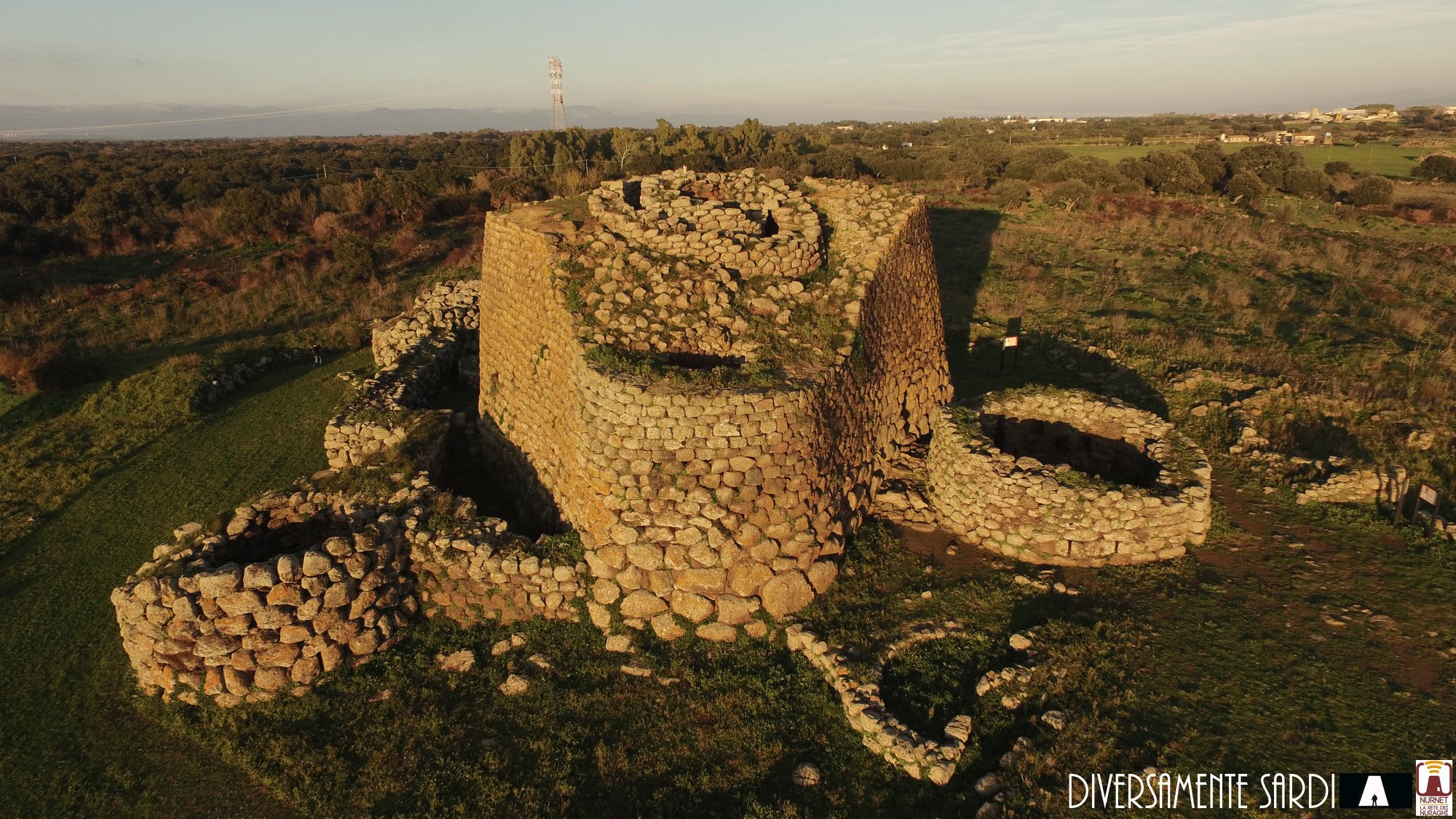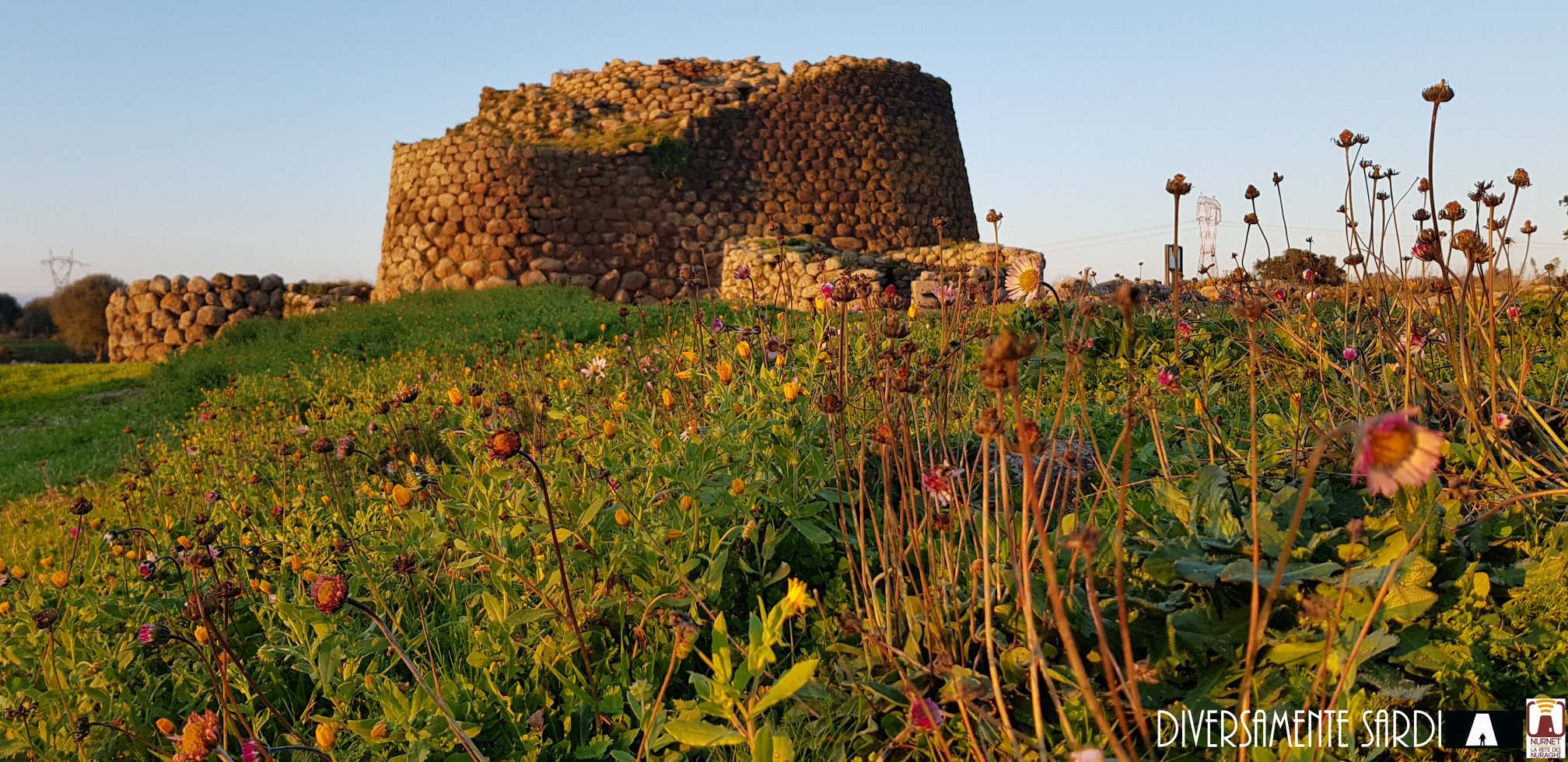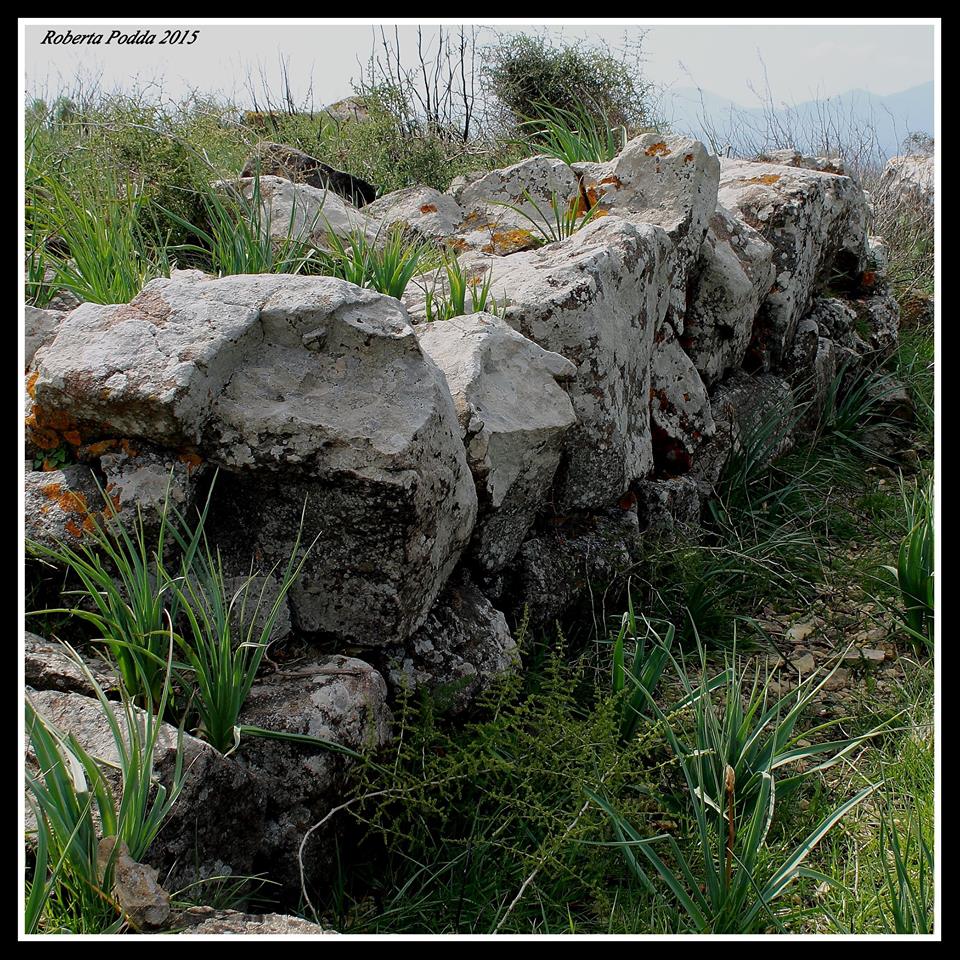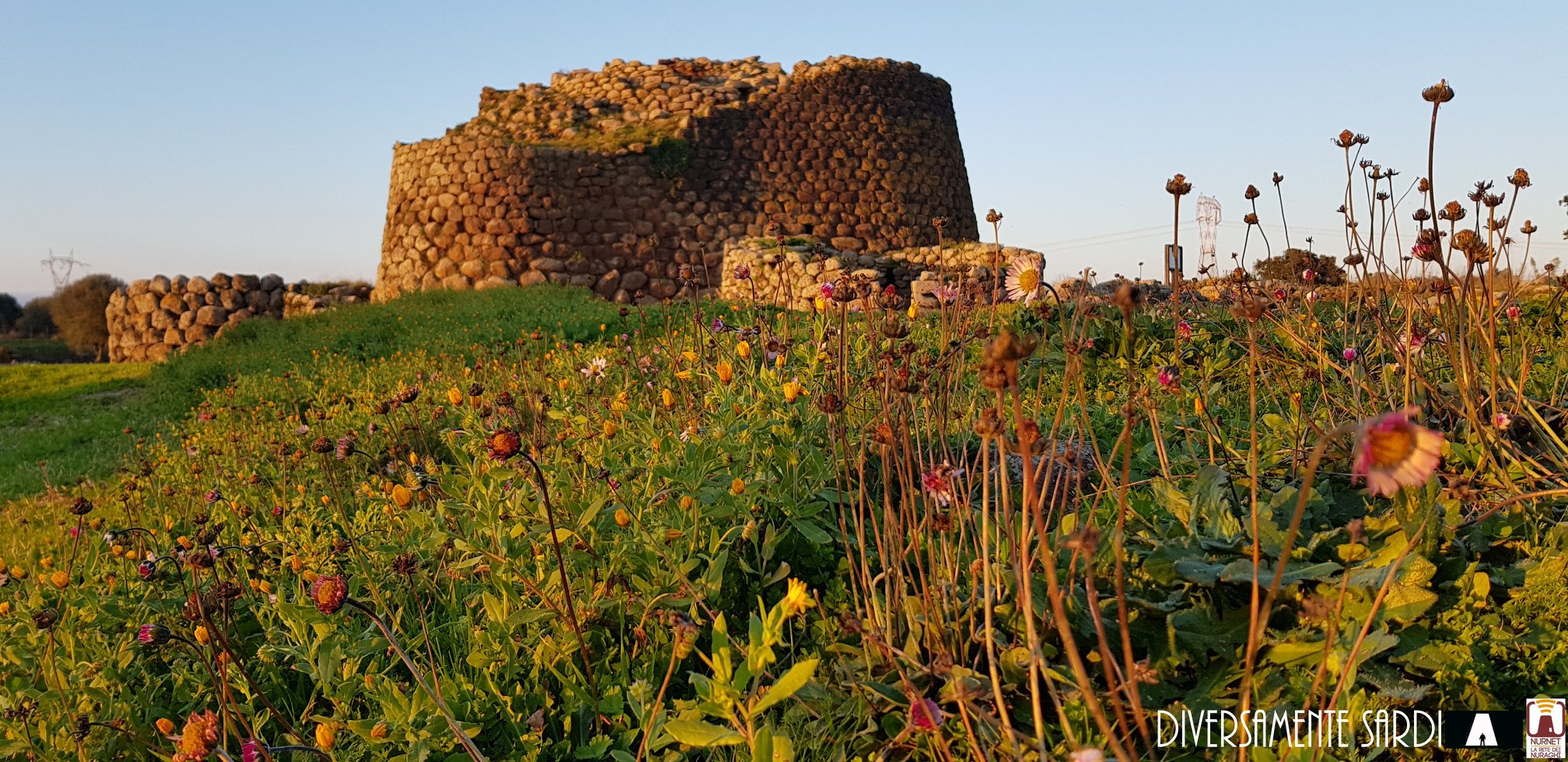“The nature and purpose of the nuraghi – considered at the beginning of the century by Pinza, mistakenly, as funerary monuments – are now recognized and clarified sufficiently. They are fortifications, possibly also used for habitation and storage of goods, usable materials, and accumulated wealth (the bronze deposits of Monte Sa Idda, Forraxi Nioi, etc., are in truth merely monetary treasures from the phase prior to the spread of currency). The civil residence is likely to be assumed in the upper part of the towers; but soon a more comfortable arrangement must have been preferred, with specific buildings in the fenced areas at the foot of the towers themselves or in the shadow of the fortress, as we see in nuraghe Losa. When the nuraghe is associated with the village, it undoubtedly represents, with its immediate dependencies, the seat of the lord or his officials or, in any case, the political-military authorities, intended also, in case of danger, to gather a large part of the population and their goods, like the acropolises of Greek-Italian cities or medieval castles. It is also appropriate to keep in mind the possibility of a limited specialization of places and architectural types for different purposes – which is also felt in other prehistoric civilizations, for example in the Aegean ‘palace’ –; thus it is not surprising that nuragic complexes contain within them spaces for worship or workshops, such as the metallurgical one of nuraghe di Ortu Commidu. In fact, it is likely that the nuraghe type was also adopted for buildings of a predominantly or exclusively sacred character, as seems to be certain in the case of the sanctuaries of Abini and Cabu Abbas.” This is how Massimo Pallottino (Rome 1909-1995) expressed himself in his book “La Sardegna nuragica” – year 1950 – (re-edition Ilisso edited by Giovanni Lilliu in the year 2000). We cannot know if in light of subsequent studies and discoveries the famous archaeologist would have later modified his respectable point of view.
The photos of nuraghe Losa of Abbasanta are by Diversamente Sardi, Andrea Mura- Nuragando Sardegna and Beatrice Auguadro. Those of nuraghe Ortu Comidu of Sardara are by Roberta Podda. The sanctuary of Abini in Teti is taken from Andrea Mura-Nuragando Sardegna and Bruno Sini. The photos of the nuragic complex of Cabu Abbas in Olbia are by Bibi Pinna, Romano Stangherlin, and Pino Fiore.










